Behavioral Health
Behavioral health affects all of us – young, old, rich, poor. Caucasian, Latino, African-American, Asian. One in four Americans experience a behavioral health challenge in a given year, and half of us will care for someone living with a mental health issue during our lives. Behavioral health is just as important as a person’s physical health.
1 in 4 adults
experience a behavioral health challenge in a given year.Behavioral health, in many respects, is the great unaddressed issue of our time.
Our nation’s behavioral health system faces great challenges – from shortages of mental health professionals and inpatient beds to a lack of early intervention and prevention programs. While more Americans have access to behavioral health coverage, thanks in large part to the expansion of Medicaid under the Affordable Care Act, most still lack access to care. According to Mental Health America, 56% of adults in the U.S. with a mental illness do not receive treatment.
For too long, our society has been reluctant to confront behavioral health problems. The stigma and misunderstandings are still too great. That must end. It is time to bring these issues out of the shadows.
1 in 5 children
birth to 18 has a diagnosable mental disorder.What is behavioral health?
When we talk about behavioral health, we are referring to the incidence of both mental health and substance use issues in our communities. Addressing behavioral health needs of Californians requires a continuum of prevention, intervention, treatment and recovery support.
Many existing systems influence the wellbeing of those with behavioral health needs. These include health care, social services, law enforcement, criminal justice and education. But the needs are enormous, and resources often fall far short of what is necessary to provide adequate help.
With a united voice, Behavioral Health Action will work to cut through the clutter of competing priorities and pursue common goals that include, but are not limited to, crisis prevention and response, workforce development, and prevention and early intervention.

